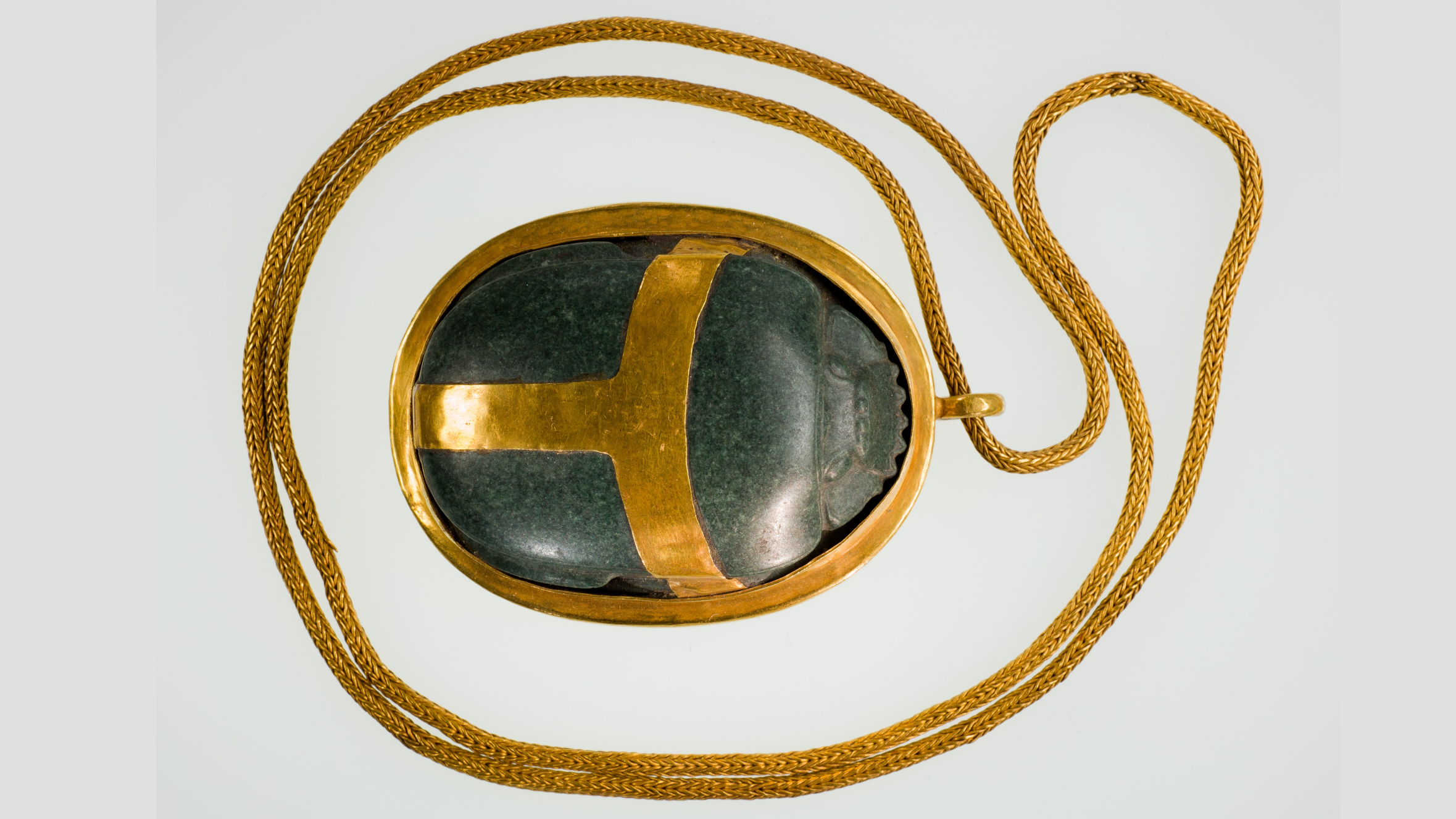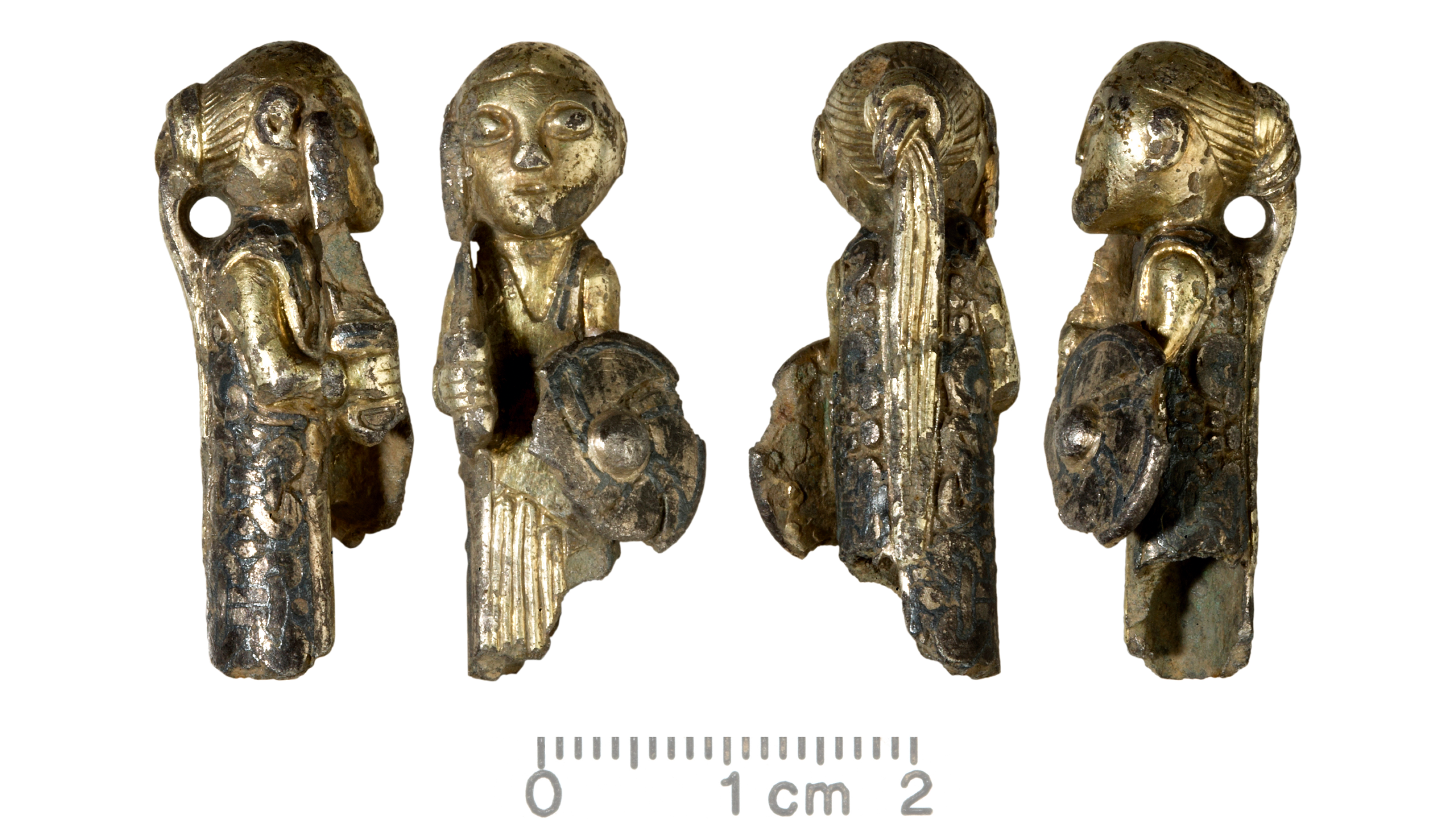Astonishing artifacts: A glimpse into how people lived in the past
Latest about astonishing artifacts
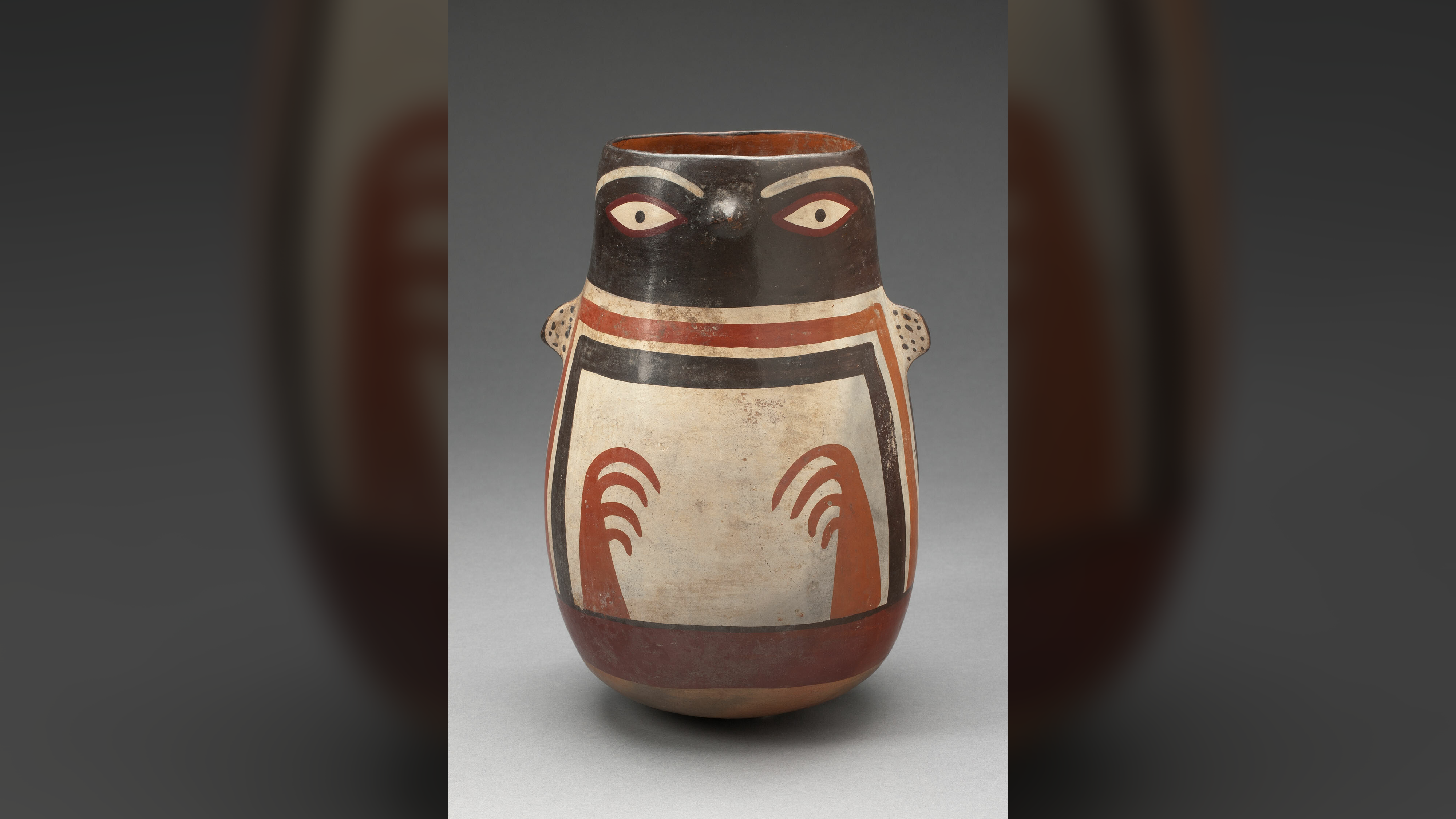
Penguin Vessel: 1,600-year-old Nazca depiction of a cold-water Humboldt penguin that lives in tropical Peru
By Kristina Killgrove published
A rare penguin-shaped pot reveals the Nazca's interest in depicting the wildlife around them.
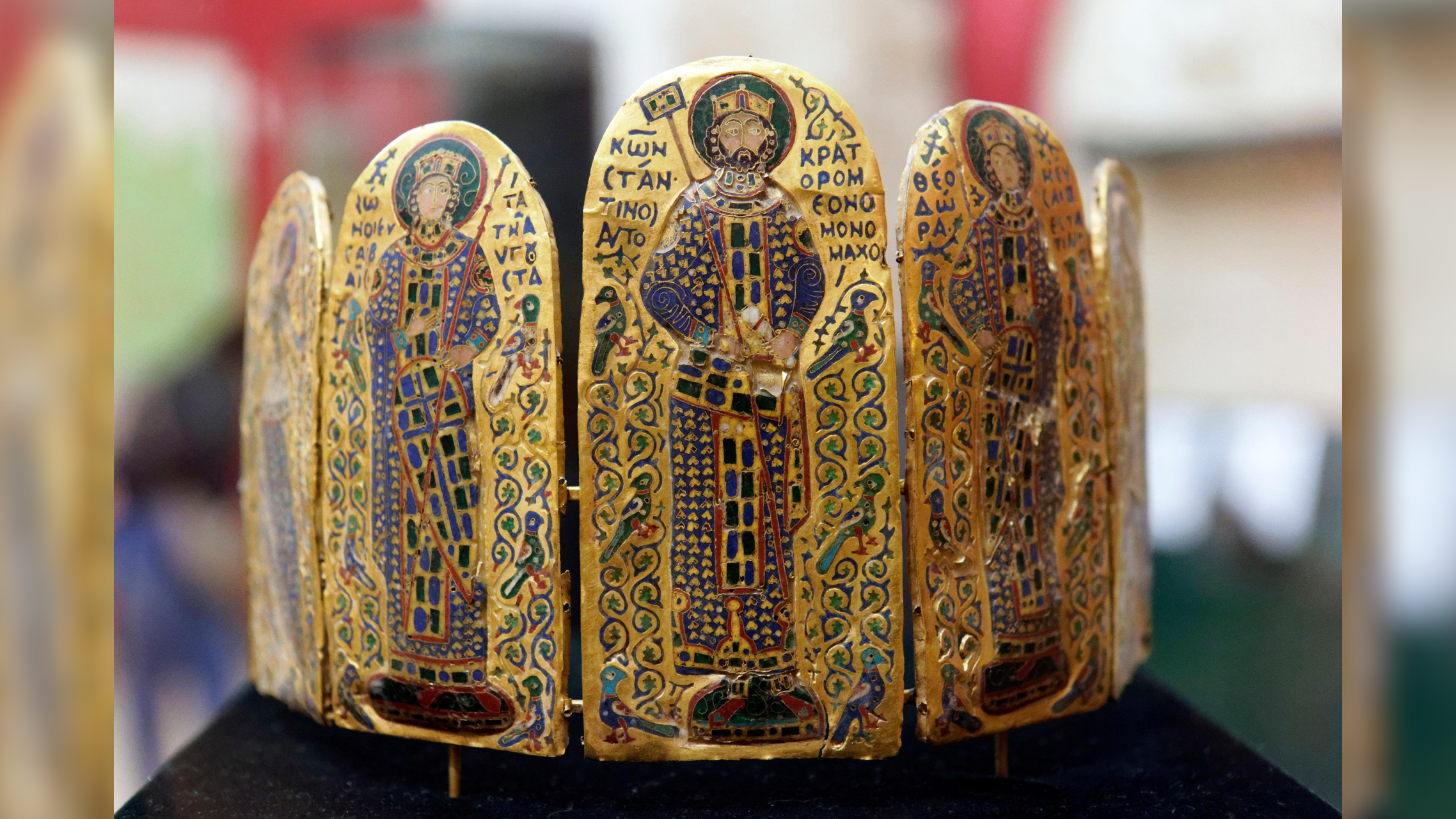
Monomachos Crown: The 1,000-year-old crown honoring 'the one who fights alone' found by a farmer in a field
By Kristina Killgrove published
One of only three surviving Byzantine crowns, it depicts a man and two sisters who jointly ruled the empire in the 11th century.
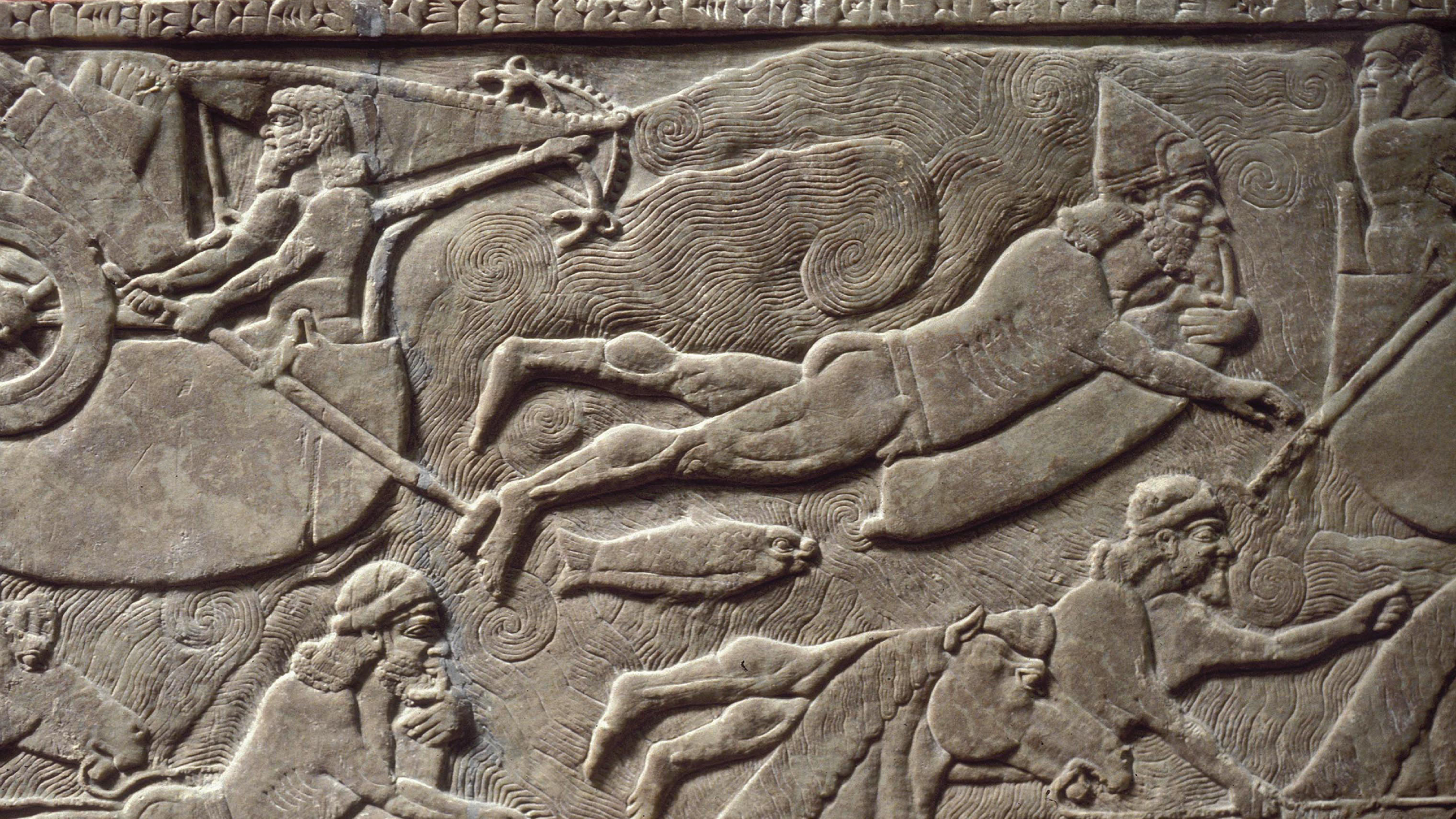
Assyrian swimmers: 2,900-year-old carving of soldiers using inflatable goat skins to cross a river
By Kristina Killgrove published
A carved panel found at Nimrud depicts Assyrian soldiers swimming across a river and using inflatable goat skins as floaties.

Tarkhan Dress: World's oldest known outfit was worn to an ancient Egyptian funeral 5,000 years ago
By Kristina Killgrove published
The world's oldest known dress is a simple V-necked garment that was overlooked as rags for decades.
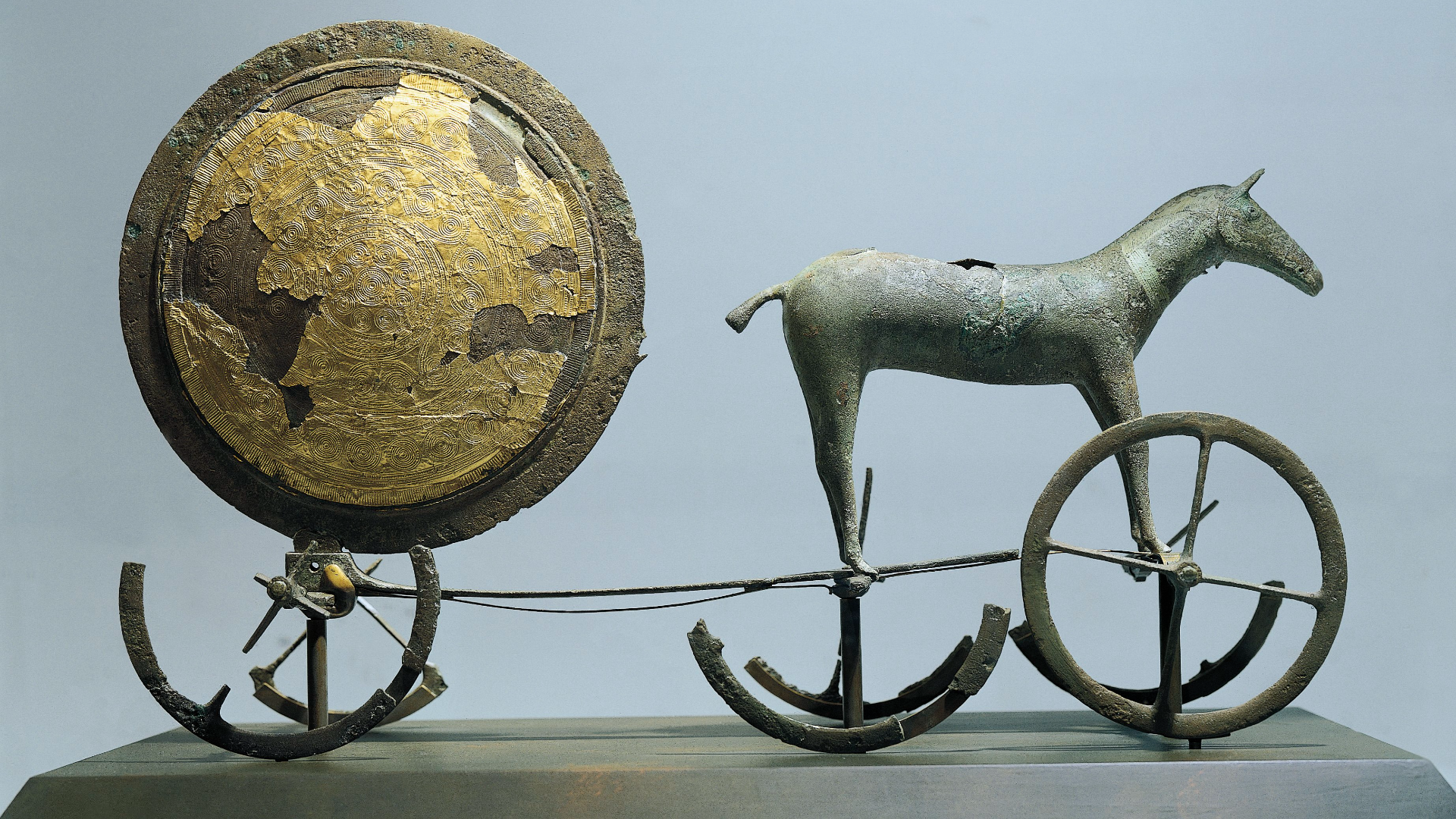
Sun Chariot: An ornate Bronze Age treasure that may have featured in an ancient Nordic religious ceremony
By Kristina Killgrove published
This gold-covered bronze object may depict a "divine" horse pulling the sun behind it.
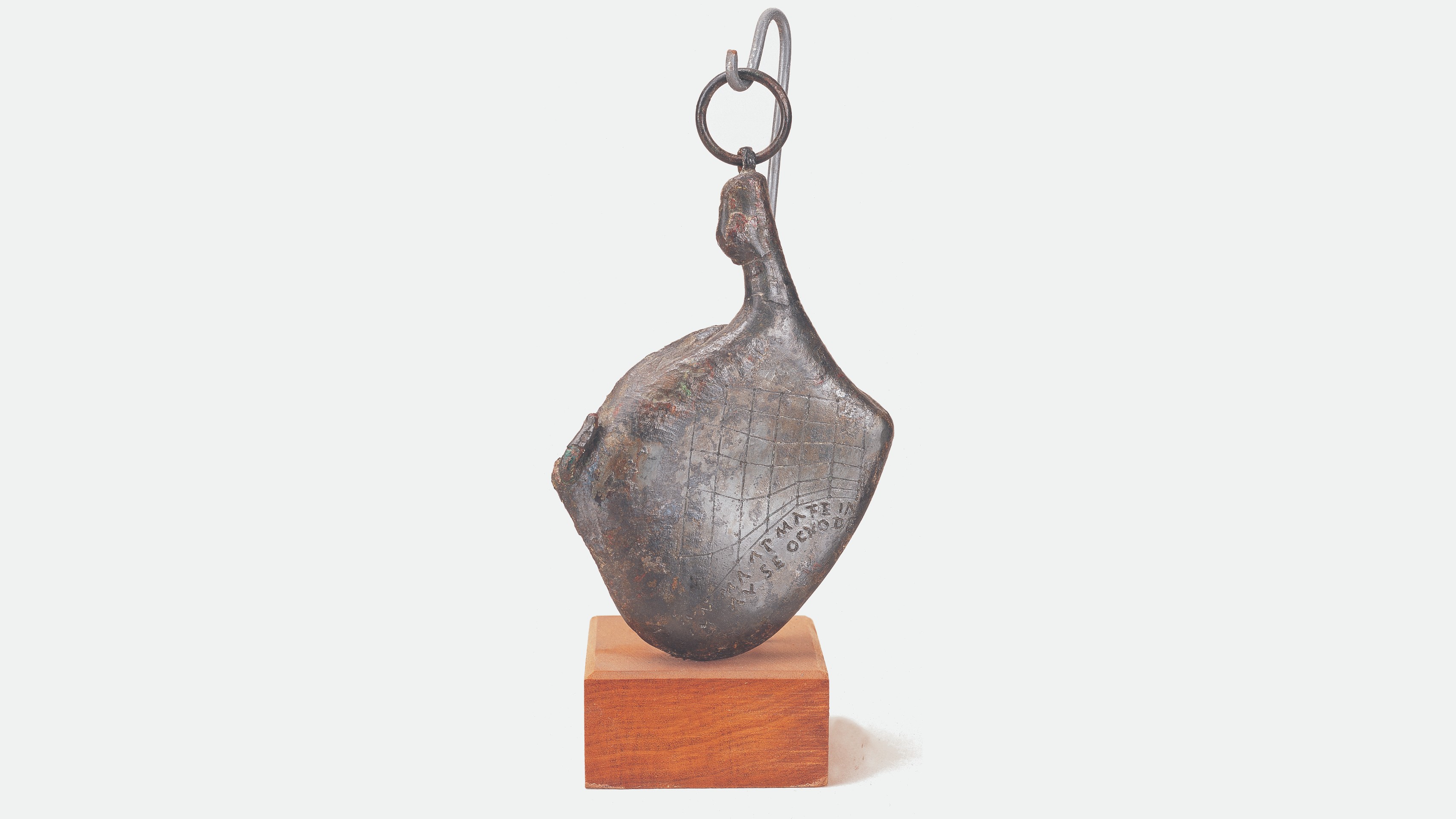
Prosciutto di Portici: A portable sundial that looks like a pork leg — and it was likely owned by Julius Caesar's father-in-law before Mount Vesuvius erupted
By Kristina Killgrove published
This small bronze sundial was a portable way of telling time, but it may have made you hungry.
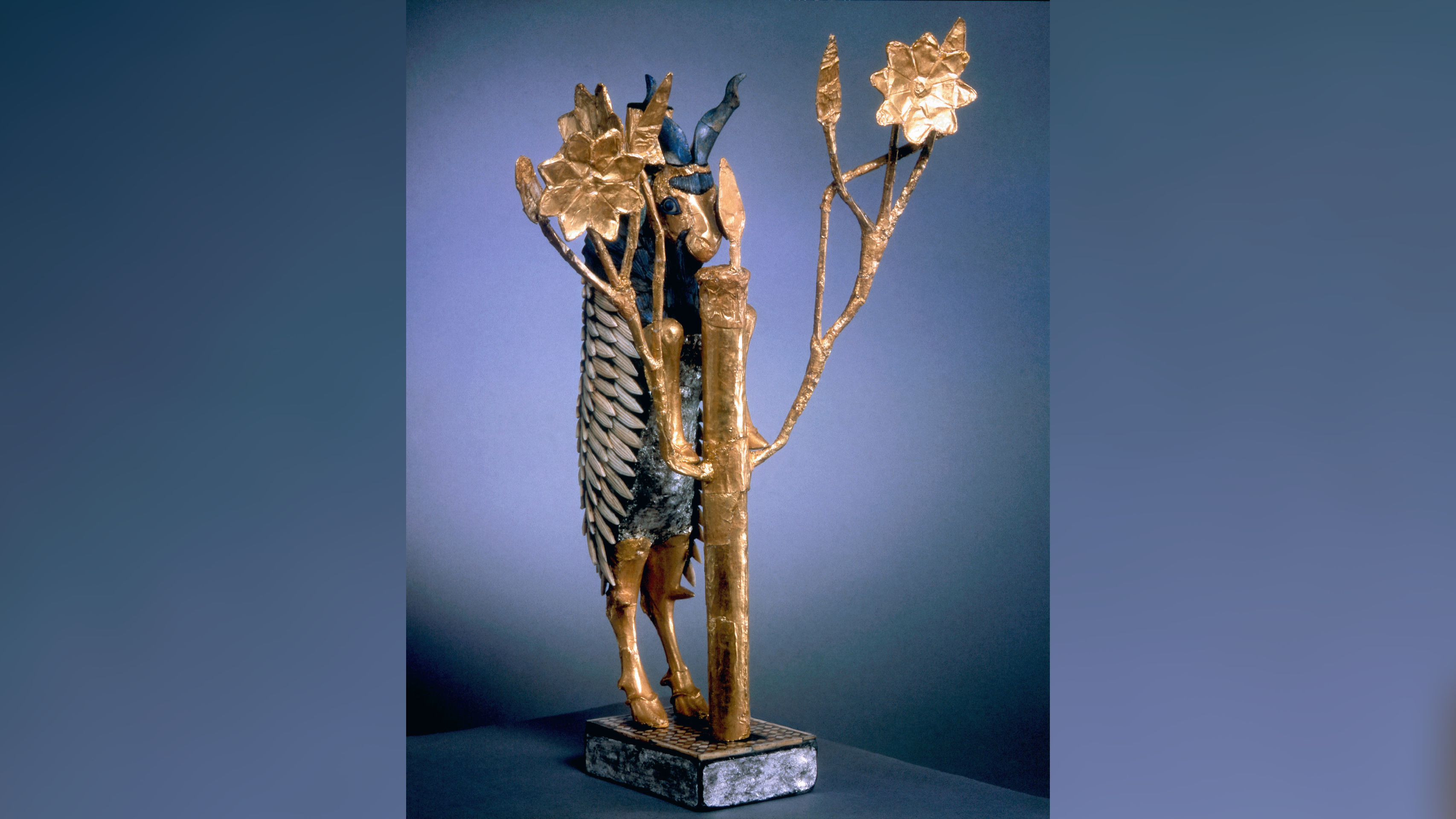
Ram in the Thicket: A 4,500-year-old gold statue from the royal cemetery at Ur
By Kristina Killgrove published
This statue covered in gold leaf and semiprecious stones may have been used in ancient Mesopotamian sunrise rituals.
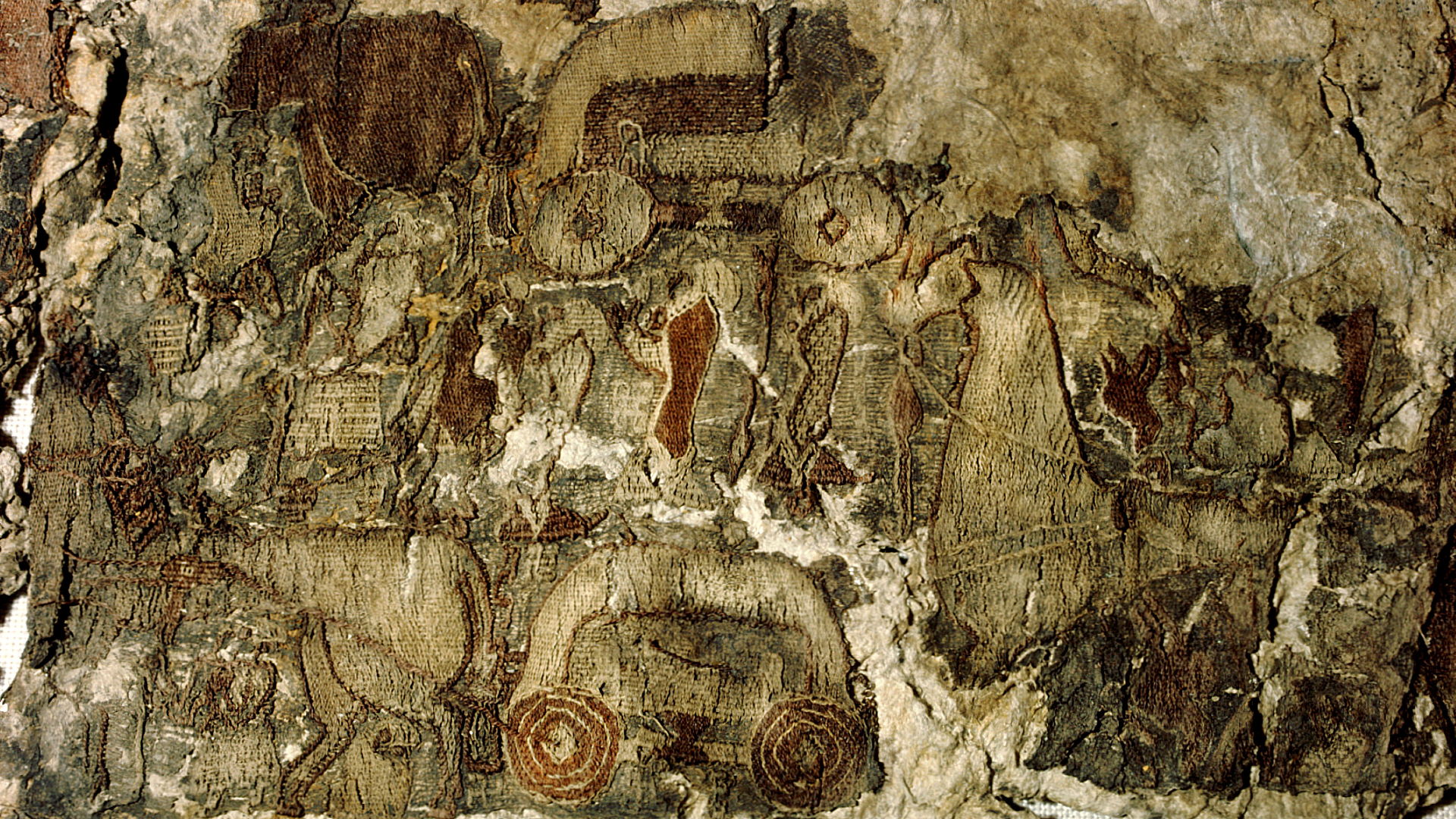
Oseberg tapestry: Viking Age artwork from a boat burial that may depict the Norse tree of life
By Kristina Killgrove published
This tapestry also contains one of the only known depictions of a horned Viking helmet.
Get the world’s most fascinating discoveries delivered straight to your inbox.
